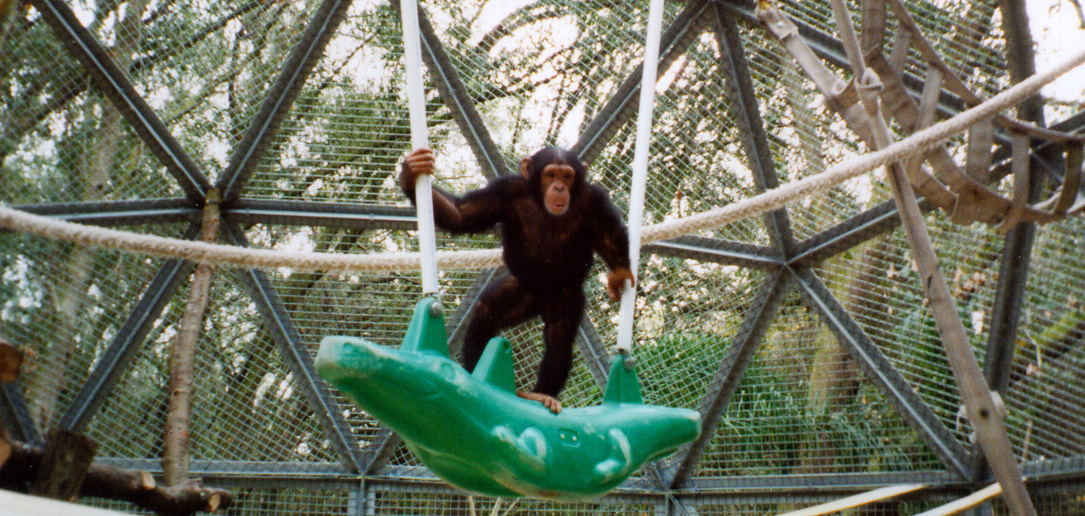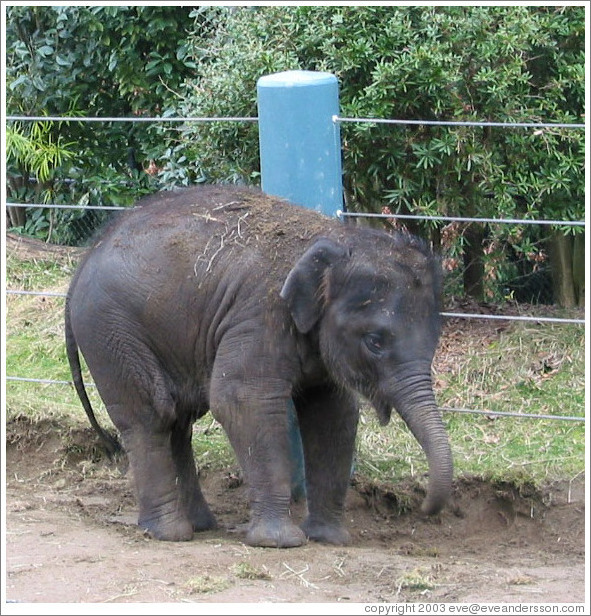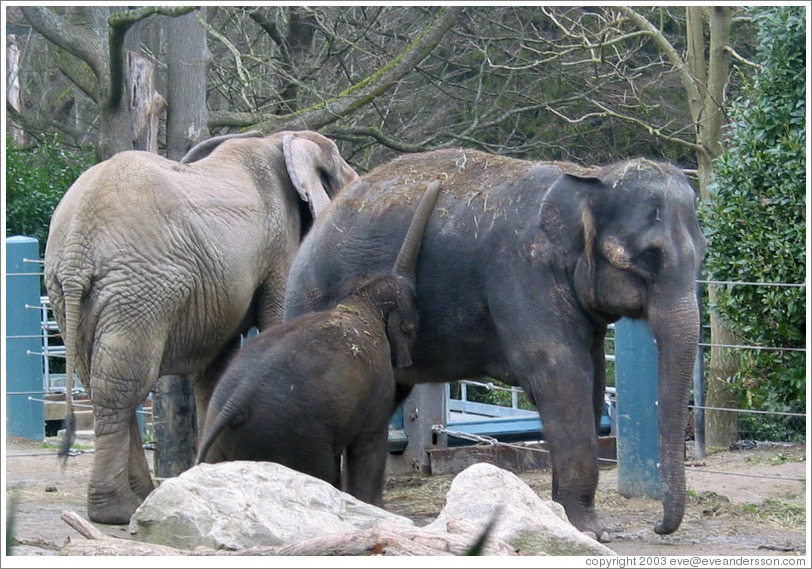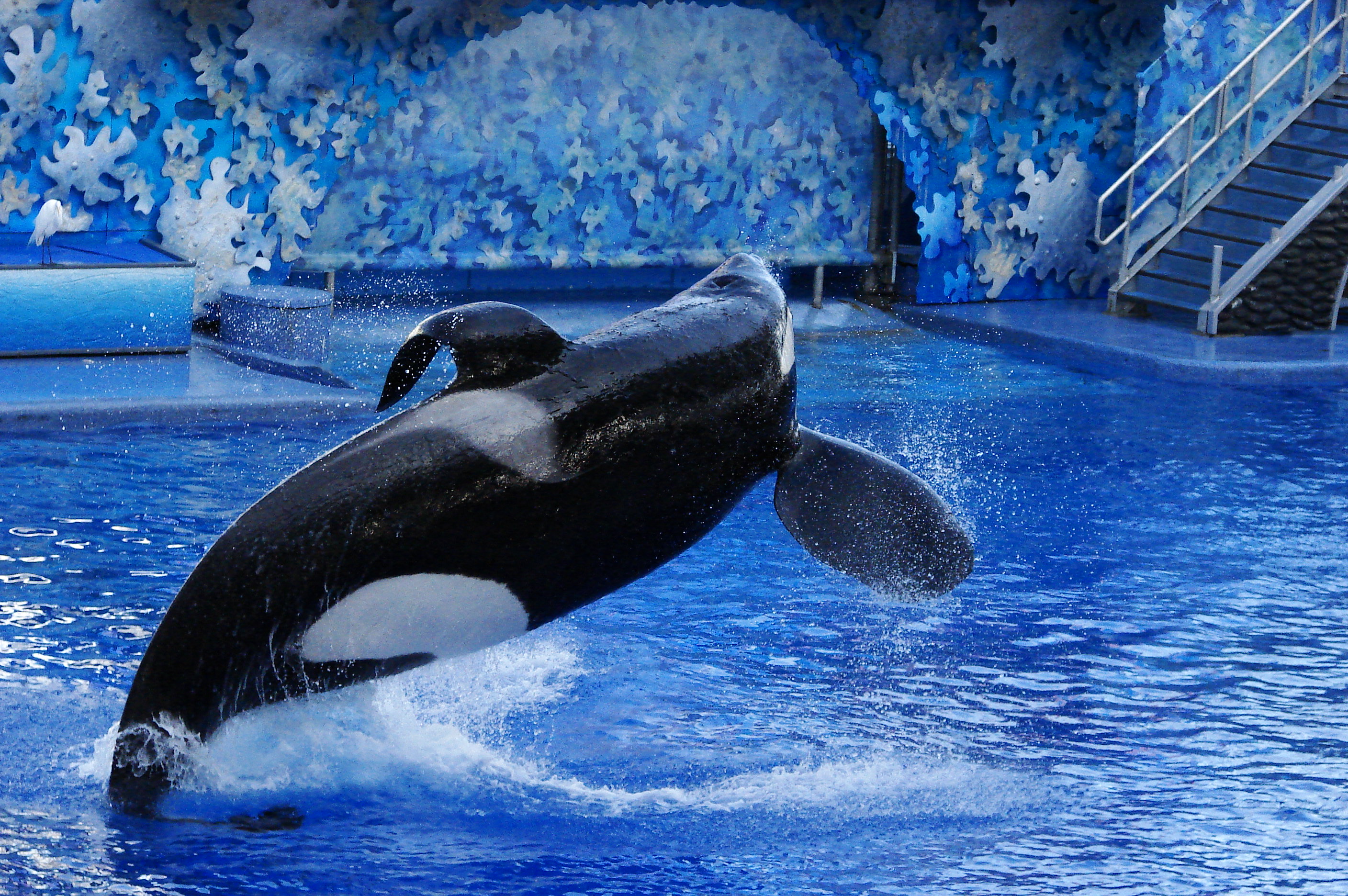The Association of Zoos & Aquariums: Are they really the #1 conservation organization?

The Association of Zoos & Aquariums (AZA) can be described as controversial at best. Founded in 1924, the organization was designed to create a higher standard of zoos and aquariums which is admirable, since it can be argued that the association created higher standards for zoos and forced them to evolve. Nowadays, with zoos becoming under constant pressure from animal rights groups and worried citizens alike, the AZA has enacted tougher and tougher standards to keep up their fresh face. Let's dive into the world of the Association of Zoos & Aquariums: the governing body of all zoological institutions and who really calls all the shots of the zoo community.

When the AZA started, it had a tough time getting off the ground. After a series of failed experiments of being affiliates of various park departments, the organization voted to become independent in 1972. But it picked up in steam in the 70's and 80's. Why? With the impact of nature documentaries, zoos suddenly wanted to simulate the "naturalistic" aspects of African savannas, Asian jungles, and South American rainforests to compete with the close-up beauty of those documentaries. The AZA took advantage of the craze to provide accreditation to the zoos that did it successfully. Accreditation is still incredibly important in American zoos now. Accreditation is handed to about two hundred different zoos, aquariums, safari parks, and theme parks around the United States (a few in Canada and Mexico). No circuses or roadside zoos are allowed. Most for-profit companies are turned away (Sea World is a notable exception).
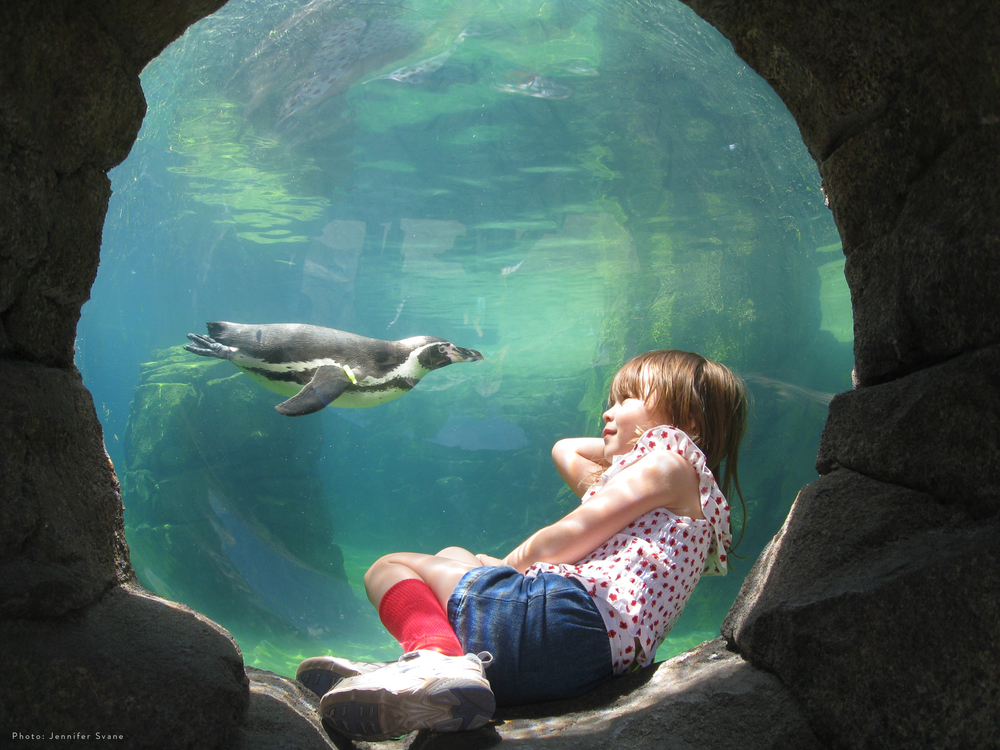
Accreditation is pretty much key in the zoo business. If you don't have accreditation, you can't qualify for all the cool programs and grants the AZA offers. Forget about charismatic megafauna like elephants, rhinos, or hippos if you're not in the AZA, they're pretty much all controlled by AZA-accredited facilities. Don't even think about red pandas, Chinese alligators, snow leopards, or whooping cranes. Endangered species in the United States are pretty much in the hands of the AZA, so your zoo's name would not be eligible for Przewalski's horses, gorillas, California condors, or any species designated vulnerable, endangered, or critically endangered. Think of AZA as a really cool fraternity with animals. If you're in, great. But if you're not, you're screwed. Take the Pittsburgh Zoo whose accreditation was pulled after they disagreed with the AZA's mandatory elephant management program. Without accreditation, Pittsburgh's sea turtle program is being shut down and it's $5,000 grant for an educational playground has also been cancelled.

The AZA styles itself as the nation's largest conservation organization by combining nature with education, conservation, and science. And they've done wonderful things, donating around $160 million to various wildlife projects around the world. Their standards of animal management are among the highest in the world. To be honest, when you look at zoos in Europe or Asia, the complaints that many have about American zoos are minimal. The AZA holds classes, seminars, and summer camps for children. They are responsible for training hundreds of zoo professionals, including veterinarians, directors, curators, keepers, and educators. Thousands of scientific papers have been penned by the AZA and its allies. The AZA has turned the zoo into a "cool" scientific field where the smartest can gather over their love of animals.

The dark side of the AZA? There's always a dark side. To be honest, the AZA is a bit like a clean-up crew. Whenever something bad happens in a zoo, their job is to cover it up. For instance, nothing galls the AZA more than an elephant death. As you might know, the two animals that animal rights groups love to capitalize on is killer whales and elephants. With the notable exception of Sea World, no one else in the AZA has killer whales (everyone gets really pissed off about killer whales). However, elephants are a different story.

In 1989, more than half of the 147 zoos accredited by the AZA had elephants. Today, only one-third of the 224 accredited zoos have them. Zoos accredited by the group house around 300 elephants (both African and Asian), though the number on display is lower because some males are segregated for behavioral reasons and some animals are in sanctuaries that are generally not open to the public. Elephants are simply dying out in American zoos (the situation in Europe is apparently worse) and while zoos are investing millions of dollars to unlock the elephant reproduction secrets, it's clear that zoos are sometimes not the best home for elephants. The AZA has insisted that elephants are fine, but most do not make it past the age of fifty-five. However, the AZA has improved its elephant policies greatly. In 2011, they implemented rules that elephants could not be kept alone or in pairs and forced keepers to work with their elephants in a protected-contact method to keep both the elephant and the keeper safe.

There is also the issue of "entertainment" with the AZA. However scientific the organization is, the main focus is still on entertainment for human guests. Zoos mainly focus on pleasing their guests before its animals which is why many exhibits are still designed to please human senses, rather than actually improve animal welfare. Rides, shows, and other forms of entertainment have been devised to keep visitors pouring in. Which is not to say that the AZA has been improving. With changing technology and a growing interest in wildlife (which means more money), zoos are now building exhibits that are beautiful, naturalistic, and in the best interest of animals.

The AZA is not perfect. But its crimes against people have been far blown out of proportion. It's true that zoos cannot save all the species in the world. Success stories are thrown around: Przewalski's horses, Arabian oryx, golden lion tamarins, California condors. But what the AZA has failed to mention are the unsuccessful stories: both African and Asian elephants, hippos, polar bears, cheetahs. You can't fault them for shying away from the stories. They are dealing with life here. No one faults anyone when they can't find the cure for cancer. A lot of people treat animals like humans, but rag on zoos for being abusers. Zoos can't save all animals, but they can be valuable, tremendous resources in our battle to preserve wildlife in our ever-growing world.





